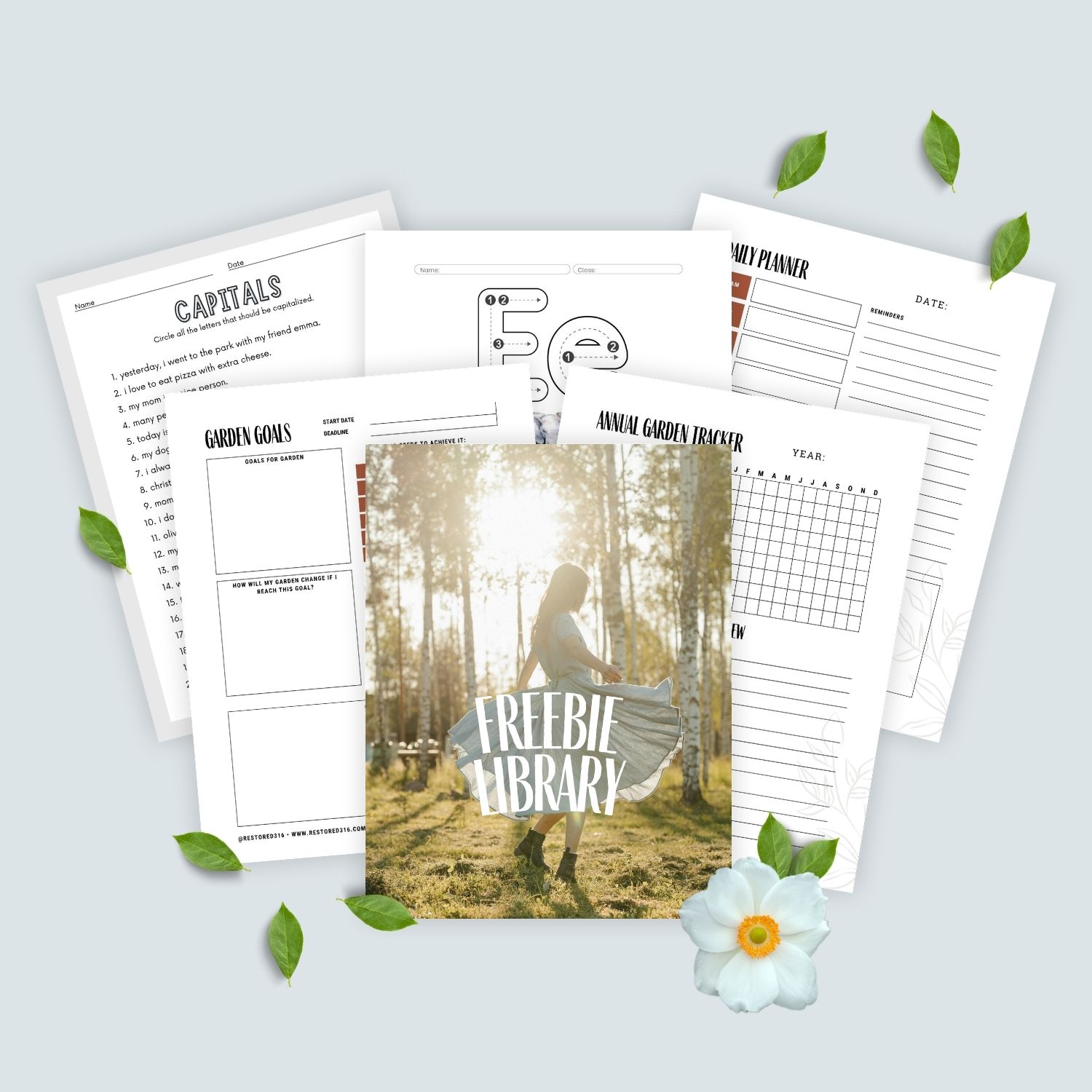How to Maintain Semi-Freeform Locs: Step-By-Step DIY Guide

Semi-freeform locs have gained some serious traction in the loc community, and for good reason. They are the perfect marriage between carefree freeform locs and more manicured locs – they give you the best of both worlds.
Unfortunately, many people are jumping on the semi-freeform bandwagon and not getting the results they’ve been hoping for. It’s not uncommon to see semi-freeform locs with thinning roots and breakage along their length.
Most often, this is caused by improper maintenance.
In this article, we’ll teach you how to maintain semi-freeform locs and help you get the most out of your semi-freeform loc journey by sharing some practical tips to help your loc babies thrive!
Table of Contents
What are Semi-Freeform Locs?
Semi-freeform locs are dreadlocks maintained by infrequent palm rolling (retwisting) and periodic root separation. Instead of meticulously retwisting every 4-6 weeks to keep your locs frizz-free and manicured, you’ll only retwist sparingly to keep your parts defined.
Note: Semi-freeform locs are not “set it and forget it.” For your locs to stay healthy and thrive, you’ve got to put effort into properly caring for them. In the next section, we’ll share some tips on how to do just that!

How to Maintain Semi-Freeform Locs
You’ve got the basics of semi-freeform locs down. Now, let’s get into some tips for maintaining them. These steps may feel restrictive, but we promise they’ll be worth it in the long run!
Limit Loc Manipulation to Promote Loc Health
One of the most important things you can do for your semi-freeform locs is to limit how much you manipulate them. This means no excessive brushing, no picking at your locs, and no tight hairstyles that put unnecessary stress on your hair.
If you’re constantly messing with your semi-freeform locs, you’re more likely to cause breakage and thinning.

Keep Your Locs Clean
Another essential step in maintaining semi-freeform locs is to keep them clean. Just because your locs aren’t being retwisted often doesn’t mean they don’t need to be shampooed regularly.
In fact, it’s crucial to shampoo semi-freeform locs to prevent buildup. If you don’t, your locs may get gunky and put excessive tension on your roots.
We recommend shampooing your semi-freeform locs at least once a week or two, but you may need to wash your locs more often if you live in a humid climate or sweat a lot.
Note: Keep an eye out for loc buildup. If you notice any white or brown buildup at your roots, switch to a clarifying shampoo to get rid of it. It will cleanse your locs deeper than regular shampoo and minimize your risk of developing buildup in the future.

Separate Your Locs from Time to Time
Freeform locs don’t have a defined parting system, but if you’re semi-free forming, you’ll want to keep your parting system intact. This doesn’t mean that your locs have to be in neat rows, but you should separate them now and again to limit root marriage (when the roots of your locs intertwine).
We recommend doing this every few weeks or as needed.
When you separate your locs, you won’t always retwist them. You’ll simply pull them apart and let them be. Some people like to palm roll the length of the loc, but this isn’t necessary.
Protect Your Locs at Night
Whether you’re semi-freeforming, freeforming, or traditionally maintaining your locs, it’s critical to protect them at night to keep friction and breakage to a minimum.
We recommend sleeping with a satin scarf, bonnet, or pillowcase. Doing so will help to keep your locs hydrated and prevent them from drying out overnight.

Prioritize Moisture in Your Loc Regimen
It’s crucial to make sure to keep your locs hydrated! This is especially important if you live in a dry climate or if your scalp tends to be on the drier side.
A thirsty scalp equals dry locs.
We recommend using a light oil on your locs daily or as needed. A little goes a long way, so start with a small amount and add more if necessary.
We also recommend using a residue-free loc moisturizer on your locs once a week or so to give them an extra dose of moisture.
And don’t forget to deep condition your locs every month or so. There’s a rumor going around that locs don’t need to be deep conditioned. This simply isn’t true.
Deep conditioning is key to healthy locs, no matter what stage of loc-ing you’re in.
Just be sure to rinse away all of the deep conditioner before hopping out of the shower. You shouldn’t leave any traces of deep conditioner in your locs.

Don’t Go Too Long Without a Retwist
While you don’t have to retwist your locs as often when you’re semi-freeforming, you should still make sure to do it every 4 to 6 months. Not only will they help you maintain your locs’ delightfully carefree appearance, but they’ll help to keep your roots strong.
Be on the Lookout for Thinning
Semi-freeform locs are known to thin out at the roots, often because people stop maintaining their locs. If you start to see your locs thinning out, it’s time to evaluate your loc regimen.
Ask yourself the following questions:
- Are your locs getting enough moisture?
- How often are you retwisting? Have you been lacking in that department?
- Do your locs have buildup?

Many things can go wrong when you’re semi-freeforming. But as long as you keep an eye on your locs and adjust your regimen accordingly, you should be fine.
If ever you find that your locs are thinning and you don’t know what to do, reach out to a loctician for some help.
How to Retwist Semi-Freeform Locs
Retwisting your semi-freeform locs is a big part of maintaining them, so you need to know how to do it right. In this section, we’ll tell you how to retwist your semi-freeform locs properly.
- Wash your locs as usual and towel-dry them to keep them from dripping.
- Choose one loc and separate it from neighboring locs. You may need to snap a few hairs to get your loc free. The amount of loc snapping (or popping) will depend on how long it’s been since your last loc maintenance session. Never use scissors to break apart your locs – if you can’t do it, go to a loctician for this loc maintenance session.
- Apply an oil or cream to your new hair growth to make it pliable and prepare it for the retwisting process.
- With your palms, twist your loc clockwise or counterclockwise, depending on the direction you initially twisted your locs. Twist until your roots are flat to your scalp but not tight.
- Put a clip on the loc and anchor it to your shirt or another loc.
- Repeat the process on all of your other locs.
- Allow your locs to air dry, and then remove the clips.

When You Do Retwist Your Locs, Be Gentle
As we mentioned, you won’t be retwisting your locs very often when you’re semi-freeforming. But when you do retwist, be gentle!
You should never have a headache after retwisting your locs.
- How to Get Freeform Dreads
- Florida Wicks Dreads
- Interlocking vs Palm Rolling
- How Often Should You Oil Your Locs?
So, there you have it – everything you need to know about how to maintain semi-freeform dreadlocks. Use this guide as a reference point the next time you’re unsure what to do with your locs.
And remember, at the most basic level, your locs need to be cleaned, moisturized, and retwisted regularly to thrive. We hope that this guide has been helpful. Happy loc-ing!







